Salvador de Bahia, Brazil
During my visit I learned that Salvador is one of oldest colonial cities in the Americas and the first capital of Brazil. It was founded by the Portuguese in 1549. And the first to install an elevator ie “Elevador Lacerda” to connect the upper (residential and clerical) area to the lower (merchants and port) area.
And …. it is home to Acaraje – the local delicious (and spicy) street food.
Salvador is the capital of Bahia province in Brazil
It is the capital of the Bahia province of Brazil with some 3 million inhabitants. It is the third largest city of Brazil.
First port of slave trade in the Americas
Slaves brought their African culture with them. This includes dishes such as the moqueca bahiana.
In fact, the impact of the slaves on Salvador de Bahia can still be seen, felt and tasted today.
Salvador hosts the largest street party in the world during carnival
It celebrates the best carnival of the country – better even than Rio de Janeiro. Some say it is the world’s largest street party.
Traffic jams
Unfortunately, traffic jams are an annoying reality in Salvador. However, in the modern part, roads are several lanes wide and traffic is moving…. most of the time at least.
My accommodation in Salvador
To avoid traffic problems, I chose to stay at the Mercure Salvador Boulevard Hotel. The state road B99 I was driving on took me straight to my accommodation.
Salvador
My first impression of Salvador left me rather surprised as I had not expected it to be so modern and developed.
My hotel room had a great view onto the pretty skyline.
Salvador is also known for the Mercado Modelo
I decided to start my exploring the town by taking a taxi to the local market. Mercado Modelo is very touristy, however it is still worth a visit. I was lucky to come across some capoeira in one of the squares. I was told that this very local performance takes place late morning and after lunch. So, look for it.
Capoeira, a form of martial arts in Brazil
Capoeira has its origins with the former slaves. They were not allowed, by their padrones, to engage in physical fighting. Hence, they invented this dance which is basically a type of martial arts performed accompanied by music, mainly drums.
Sun downer
After strolling through the indoor market, I went to the bar/restaurant in the market building on the second floor. It overlooks the bay of Salvador and is a great place to have a caipirinha and enjoy a fantastic sunset.
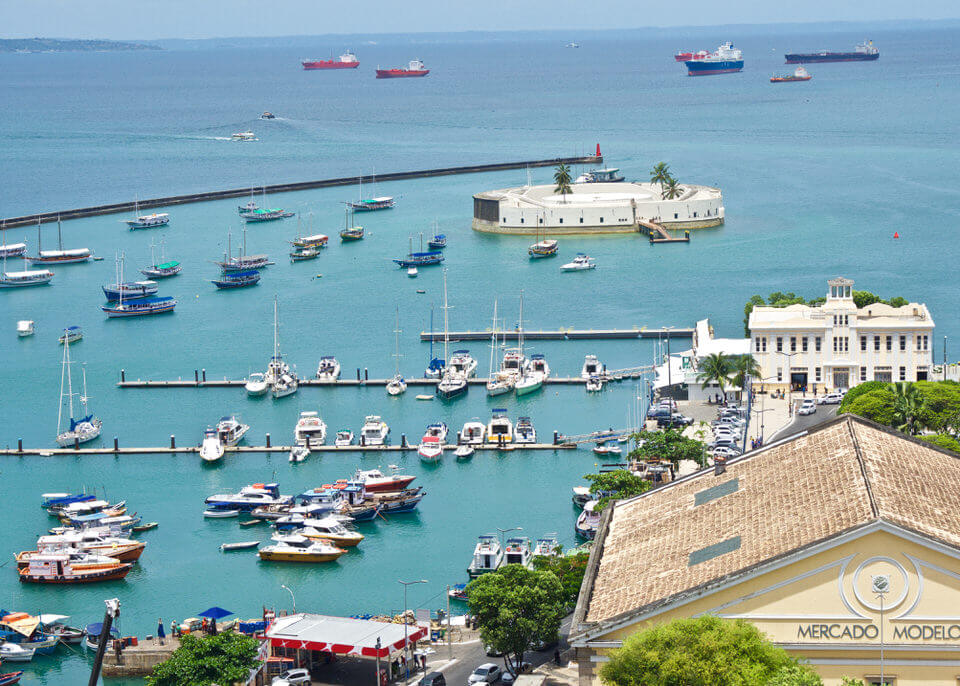
Elevador Lacerda (elevator)
Salvador is divided into two very distinct parts – a lower and an upper city. Back in time, the lower part was the commercial center and port and the upper part the administrative, religious and residential district.
The Elevador Lacerda was built in 1873 connecting the two parts.
It is a hydraulic elevator and in those days the first in Brazil. Elevador Lacerda is located behind the Mercado Modelo.
Sometime around WWI, another elevador connecting the two parts of Salvador was built close by.
Now a days, both districts are also connected by a road and railroads.
Of course, I had to have a ride on it. It took few minutes to transport me to the upper part of town. The ride cost me few pennies.
Salvador has a baroque centre
The short ride in the Elevador Lacerda of some 85 meters took me to the Centro Barroquinha. It consists a large square surrounded by historic buildings including the Palacio Rio Branco.
Extraordinary Salvadorian female attire
I found a number of local ladies dressed in traditional, baroque style attire with huge, multi layered skirts. They make a living by posing for pictures with tourists. Obviously, they expect to be paid.
Monument of the Fallen Cross
From there I walked the short distance to the Monumento da Cruz Caida. It is a (somewhat unattractive) sculpture inaugurated in 1999. This was in occasion of the 450 years since the foundation of Salvador. It is also homage to the Cathedral da Se which was demolished in 1933 to give way to the construction of a tramway.
Some shopping
Praca da Se is a street/square lined with stalls. I found local handicraft and fashion jewelry with semi-precious stones which abound in Brazil.
Actually, Brazil is famous for a number of precious stones. However, I caution you to make sure that you buy them in a well-known shop. There are plenty of fakes around.
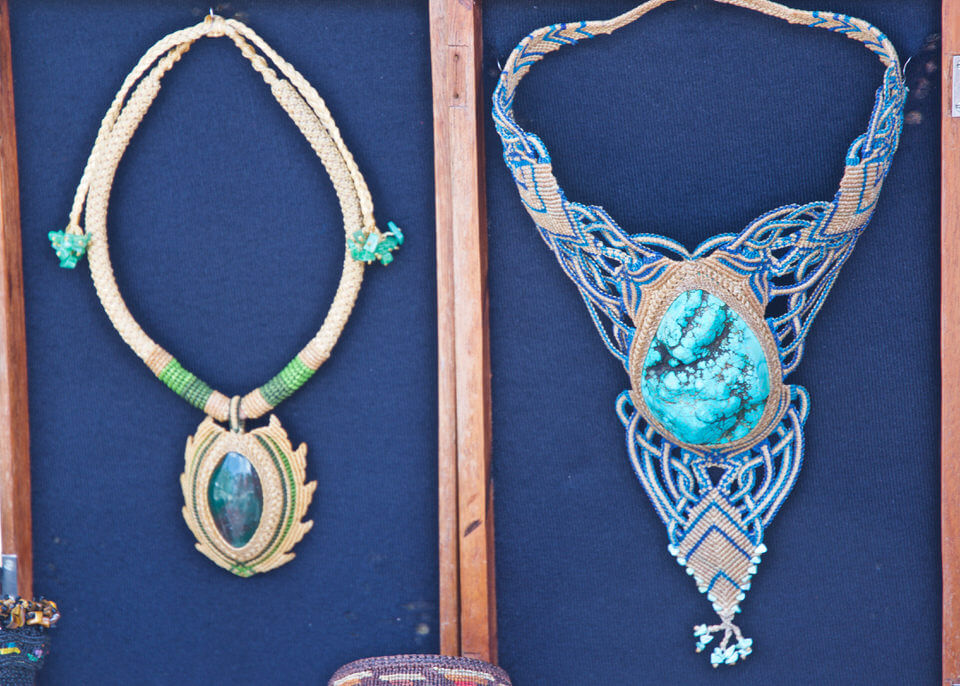
Largo Terrier de Jesus
From the shopping street, I walk to the square in front of the Cathedral of Salvador. It is lined with a number of restaurants, little bars, stalls selling refreshing coconut water. I also found the O’Coliseu. There you can have dinner and watch a show of folkloric dance including Capoeira.
Pelourinho, Old Town of Salvador
The Catedral Basilica de Sao Salvador is close to the famous Pelourinho neighborhood which I was eager to see.
Pelourinho was listed as a World Heritage Site in 1985. During the 1990’s, a major restoration project converted Pelourinho into a cultural center. As a result, it became a major attraction point for tourists.
Forced relocation from Pelourinho
Thousands of residents were forcefully relocated to new homes in the city’s peripheral areas. This entailed considerable hardship for the residents of Pelourinho. It also left a large number of homes uninhabited up to this day – a fact that is quite visible.
So, after taking the Elevador Lacerda followed by a walk of some 15 minutes, I got to Pelourinho. With a number of houses obviously abandoned, it was still very charming.
Baianas do Aracaje found in Pelourinho
Translated into English “Baianas do Aracaje” stands for a “local lady cooking Aracaje”. The name of this dish derives from Akara, originally from West Africa, and means “ball of fire”.
Aracaje
Aracaje is puree of beans or wild peas, onion, shrimps and spices. It is delicious but spicy! For what I have seen the only place where you can find this amazing street food is in Pelourinho.
Farol da Barra
My next destination was the lighthouse. It sits at the tip of the triangular peninsular overlooking the Bay of All Saints and the Atlantic Ocean. The bay is the largest in Brazil and among the largest in the world. There is a nice beach close by to take a quick dip.
Orixas
From there I was on my way to the Dique de Tororo. This close to 110.000 square meter pond was built by the Dutch in the 18th Century. The main attraction are the 12 Orixas (African Deities) standing in the water. All sorts of water sports activities take place there.
Pestana Convento do Carmo
Next stop was a former convent converted into a hotel. It is said to be the best accommodation in the historic part of town. It has a pool and a restaurant.
Saint Francis convent
I then proceeded to the Church and Ordem Terceira Secular de Sao Francisco. It has a great courtyard with tiled walls. Each sector represents royal ceremonies of the Portuguese baroque political culture. As this was a religious place, some of the nakedness was forcefully removed from the tiles.
Cathedral of Salvador
This was the final touristy stop for the day. It is overwhelming! The entire interior is covered with gold guilted decorations and artefacts. I think, this is the most ornate church I have seen so far. So much so that it I found it a bit disturbing.
Basilica Santuario Senhor do Bonfim
The last place place I visited in Salvador was this Sanctuary. As this site was a bit far, I opted to self drive. For some reason, my GPS took me through a very local neighbourhood. It was comparable to the favelas I had seen in Rio de Janeiro. This detour delayed me but it was rather interesting to see the everyday reality of Salvadorians.
Got my blessed bracelet
Finally on location, I was offered a ribbon to tie around my wrist/ankle or attach it to the fence surrounding the basilica. I would have to express a desire while making three knots. It was free of charge however a small donation was expected.
Basilica Santuario Senhor do Bonfim is a major pilgrimage destination in Brazil
The Basilica Santuario Senhor do Bonfimis is a pilgrimage destination. Brazilians travel long distances to visit it. On the 2nd Thursday after Three Kings Day (6 January), celebrations commence with a mass at the down town Church of Conceição da Praia. A procession then walks the 8 km to the Basilica Santuario Senhor do Bonfim.
Basilica Santuario Senhor do Bonfim
It is practice for worshippers to bring a plastic replica of the ailing body part to be cured by divine intervention. These body parts are on exposition in the little attached museum.
Beach Praca Divina
From there, I drove to the nearby beach. It is very nice albeit rather crowded. However, the sea water was definitely inviting to take a dip.
Beach Praia Ribeira
I continued driving to this beach through very narrow streets looking for a place to have lunch. I got lost a couple of times. To get out of this mess I went against one way streets with incoming traffic. Luckily, Brazilians are very flexible and all was arranged with a smile.
Excellent Moqueca Bahiana
I struggled a bit to choose a restaurant as there are plenty around. At the end, I settled for this very local place with a good view onto the small harbor. The Moqueca Bahiana was excellent.
Conclusion
Concluding this post, I found my visit to Salvador quite intriguing as the city is composed of so many different parts. The lower and upper part of town, the favelas, the modern center, the beach side where all everyday problems seem to get forgotten.
Security
One thing did leave a lasting impression on me. It was the very heavy police presence in the historical part of town. This was reassuring however a bit disturbing.
I have published three posts on Salvador. One general one on visiting Salvador, one on the typical Salvadorian food, and one on things that you should do when in the area. Also check out my self drive trip from Natal to Salvador.

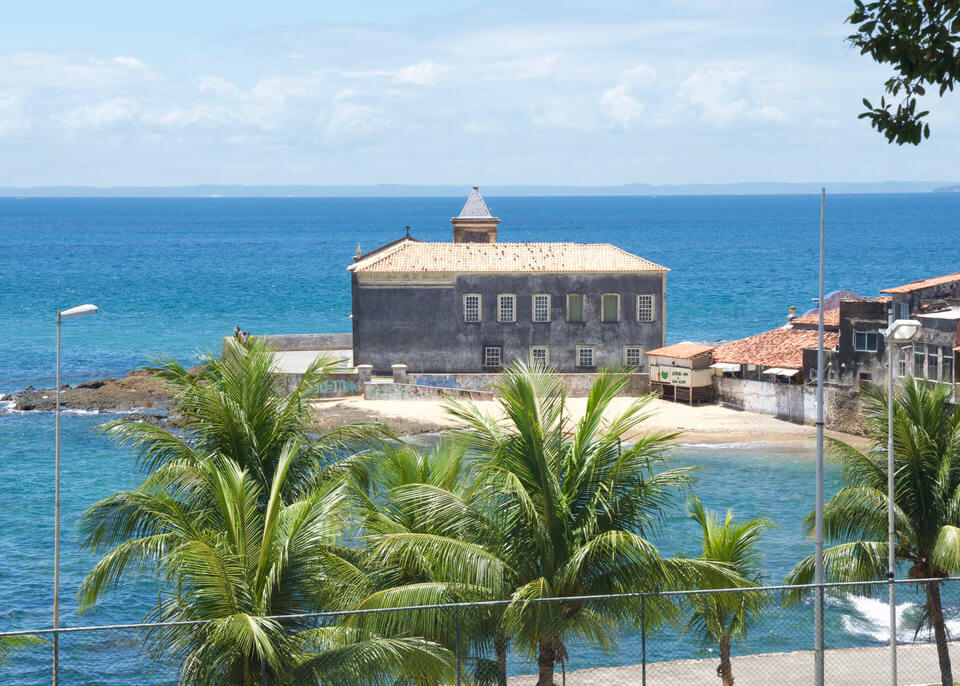
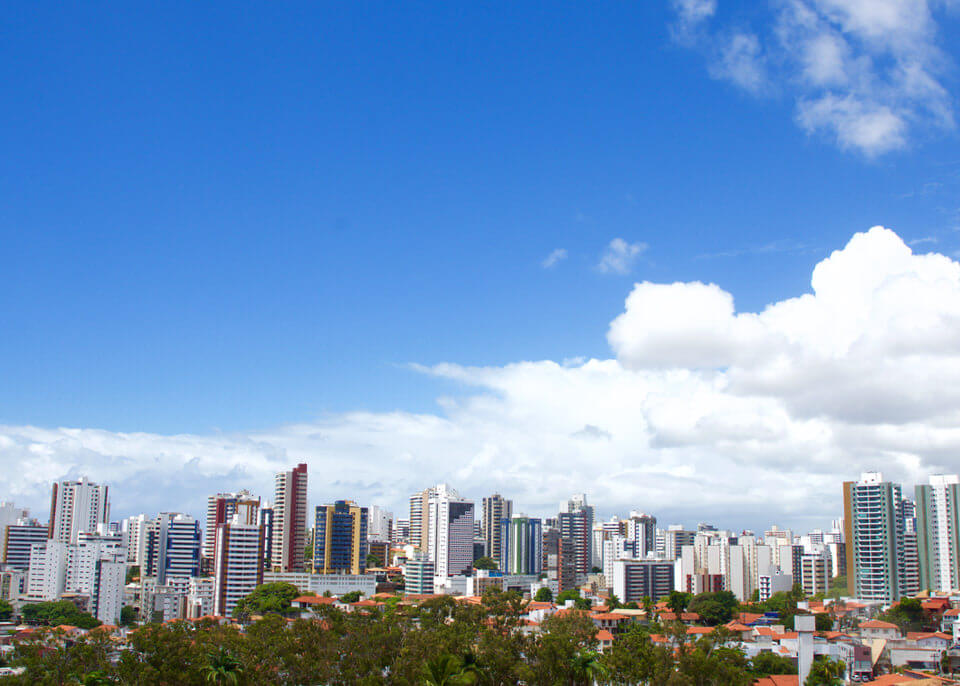

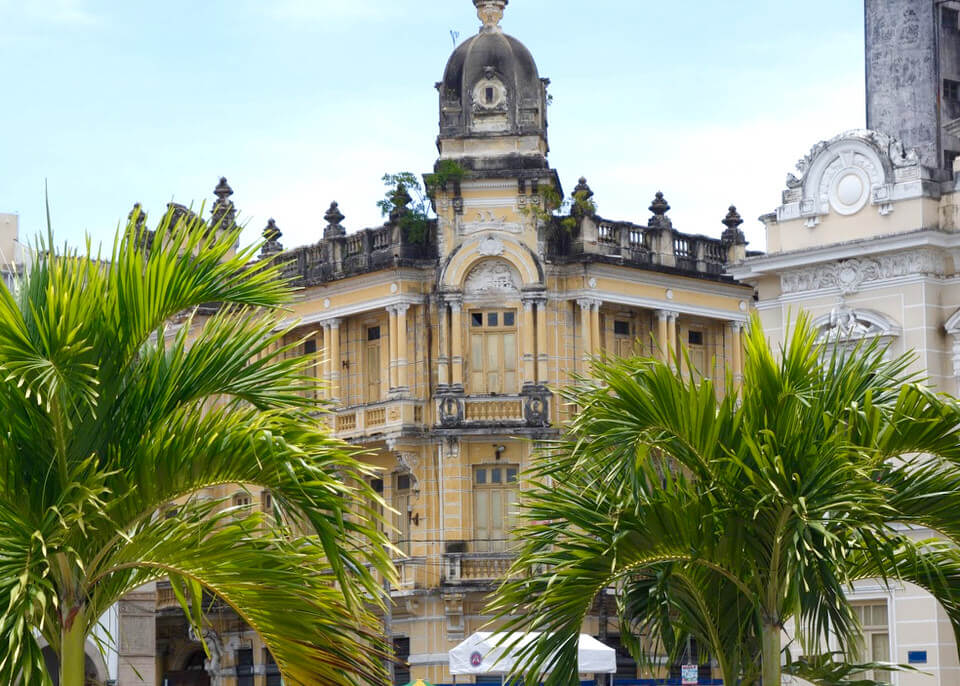
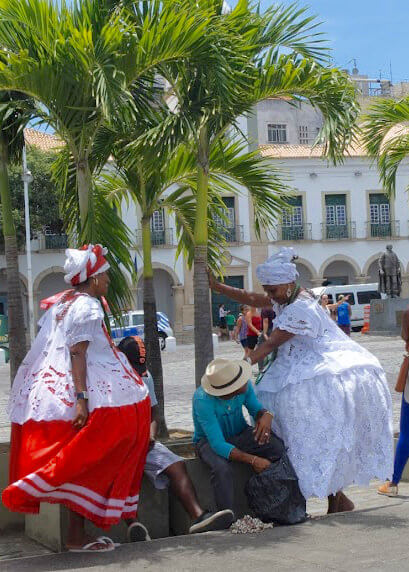
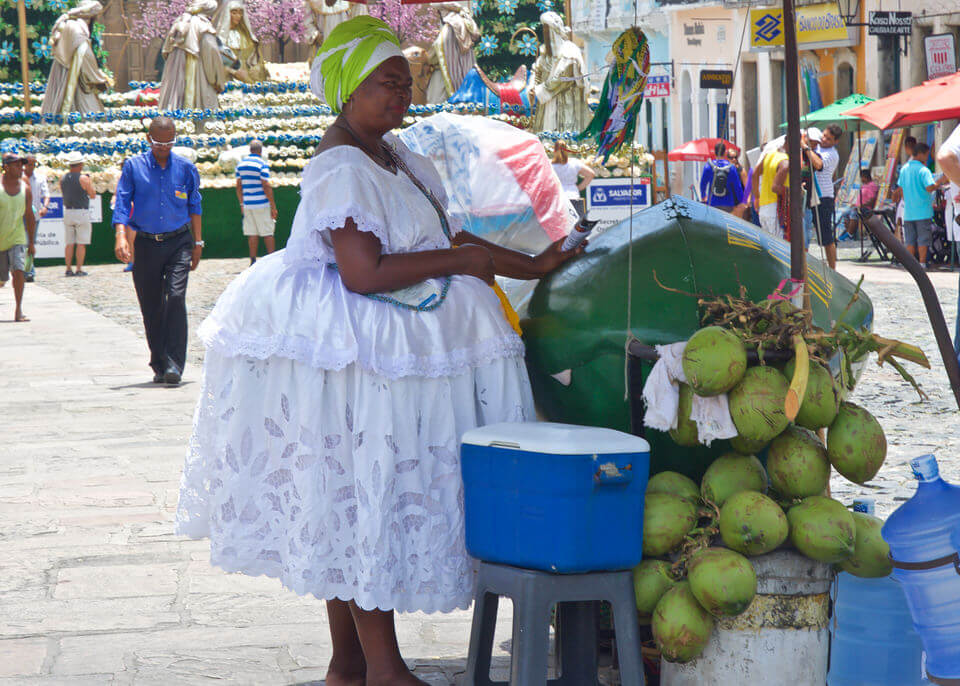
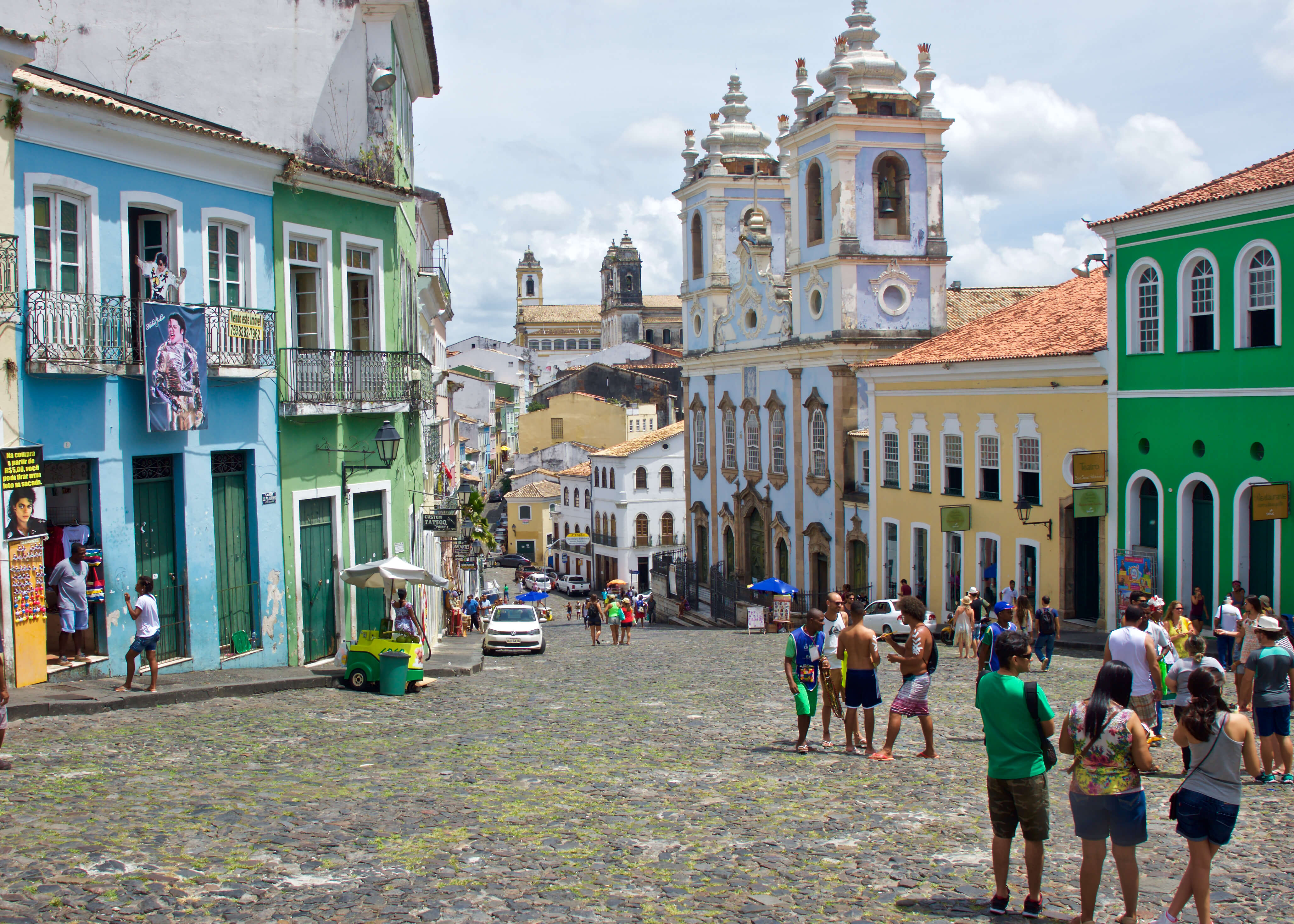
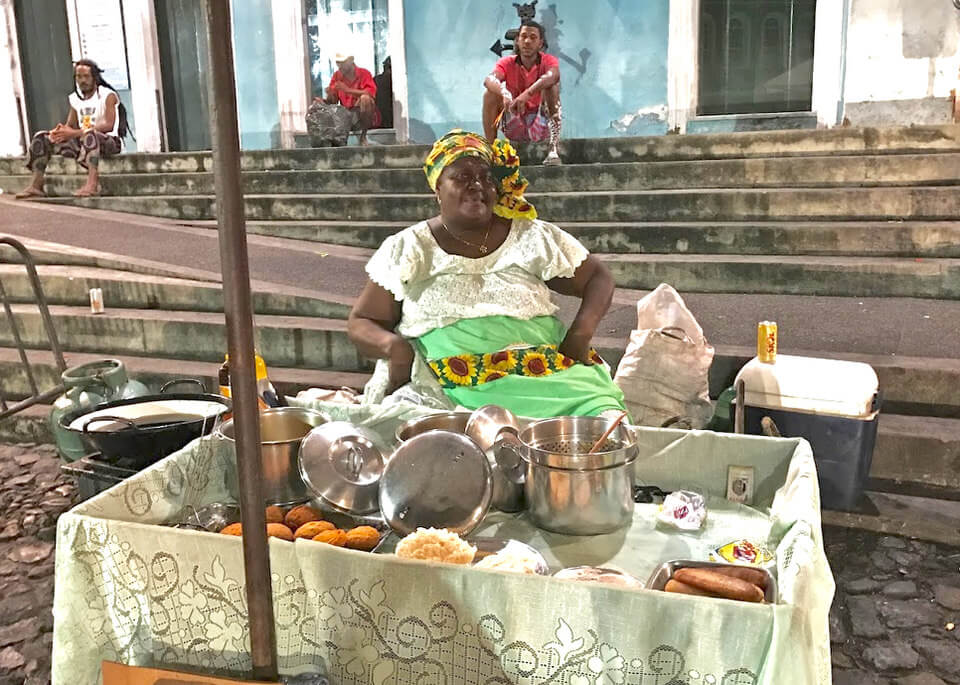
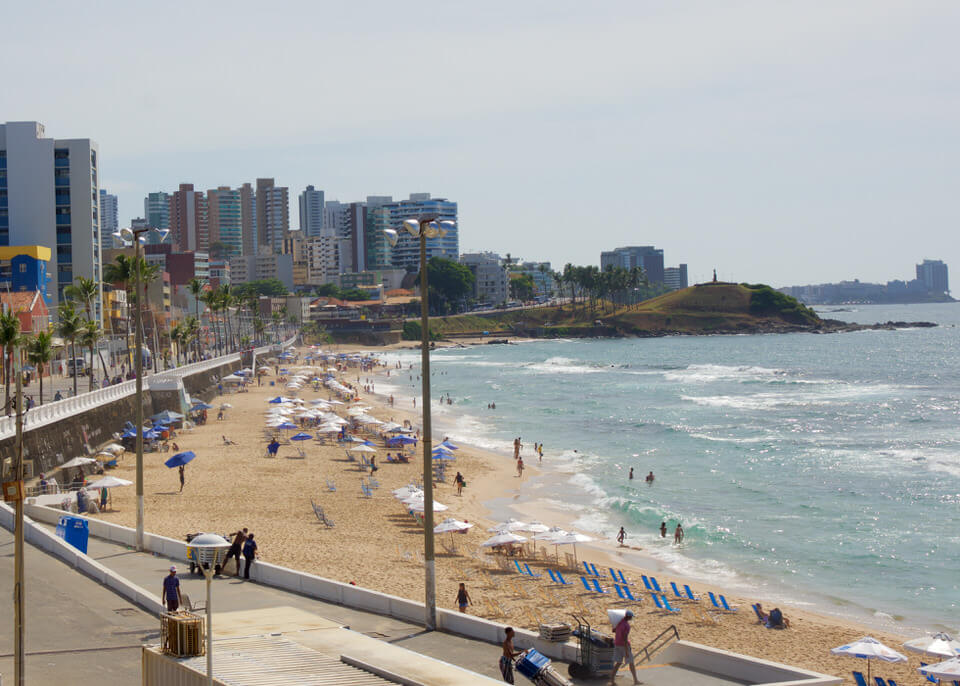
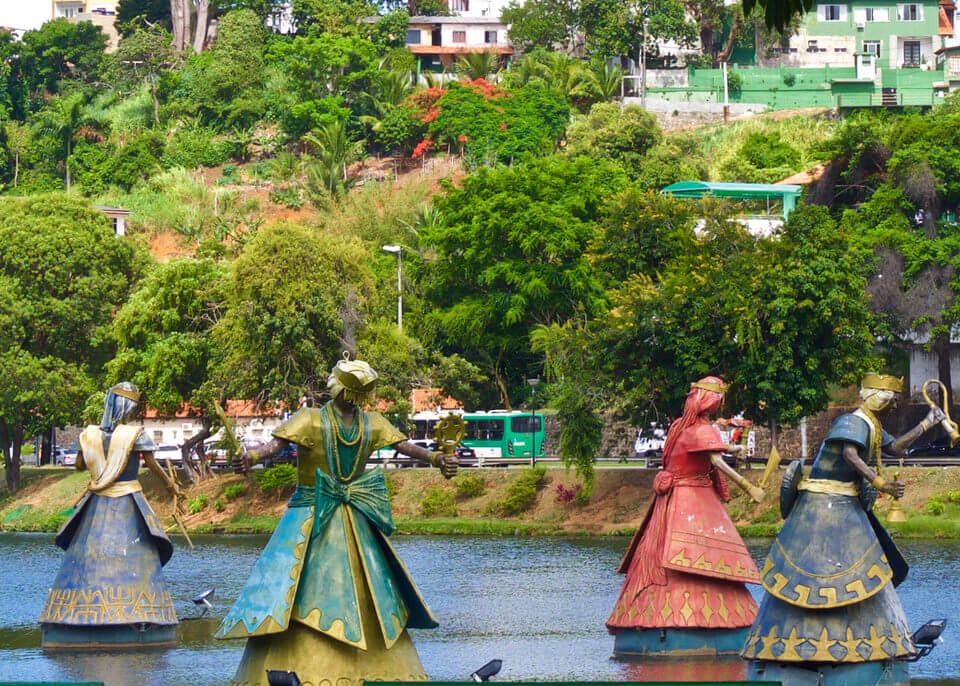
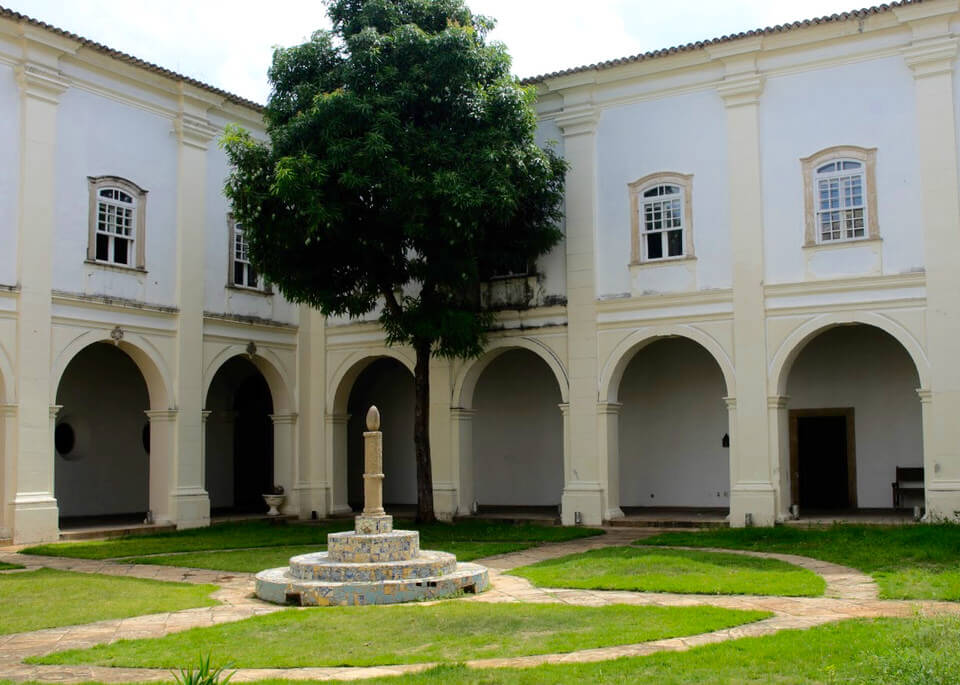
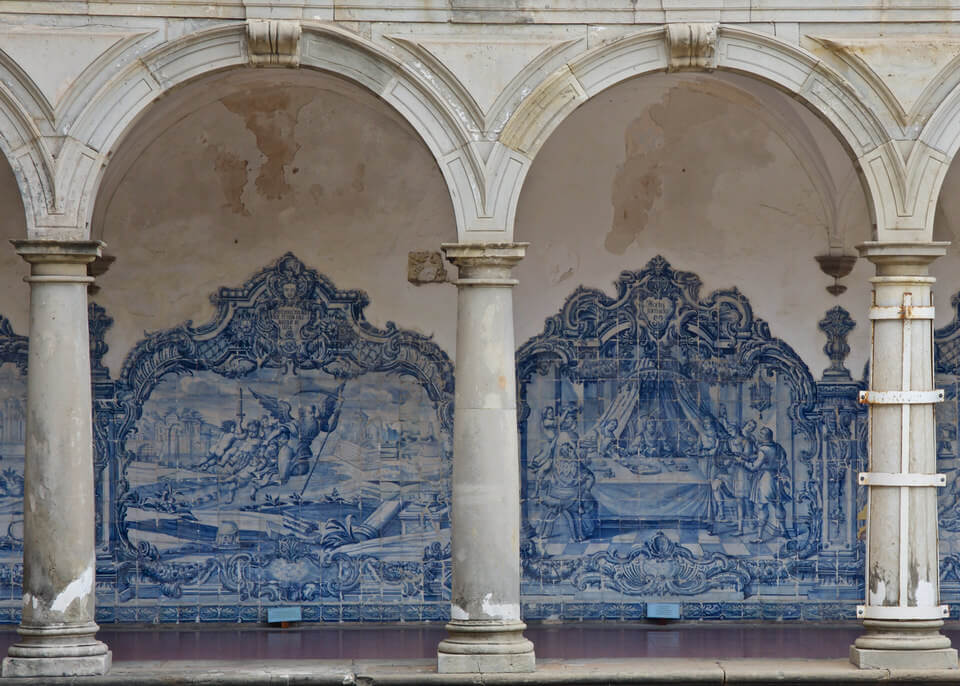
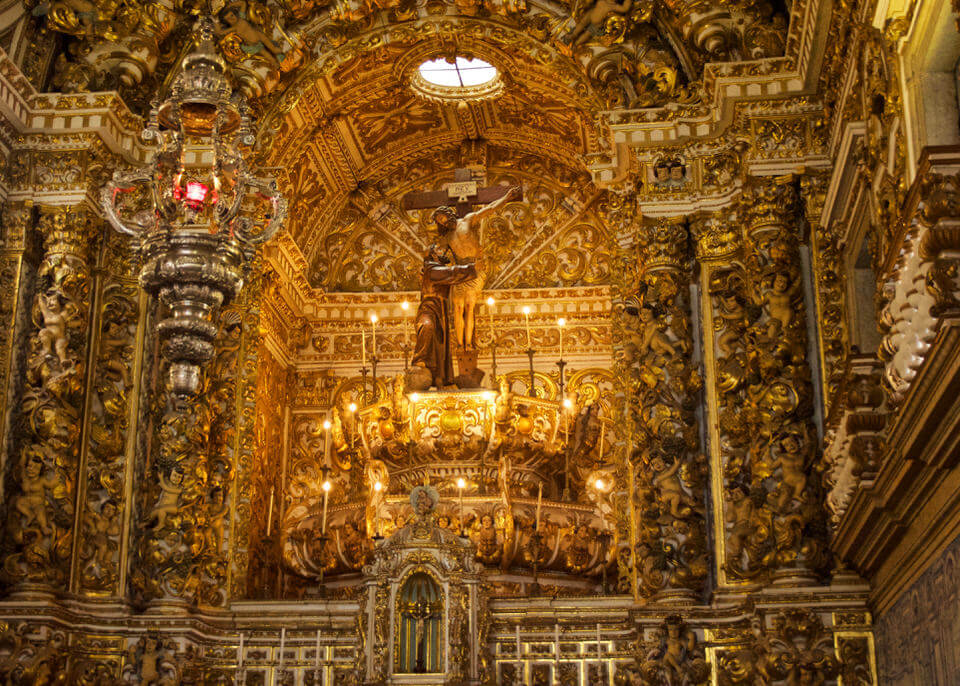
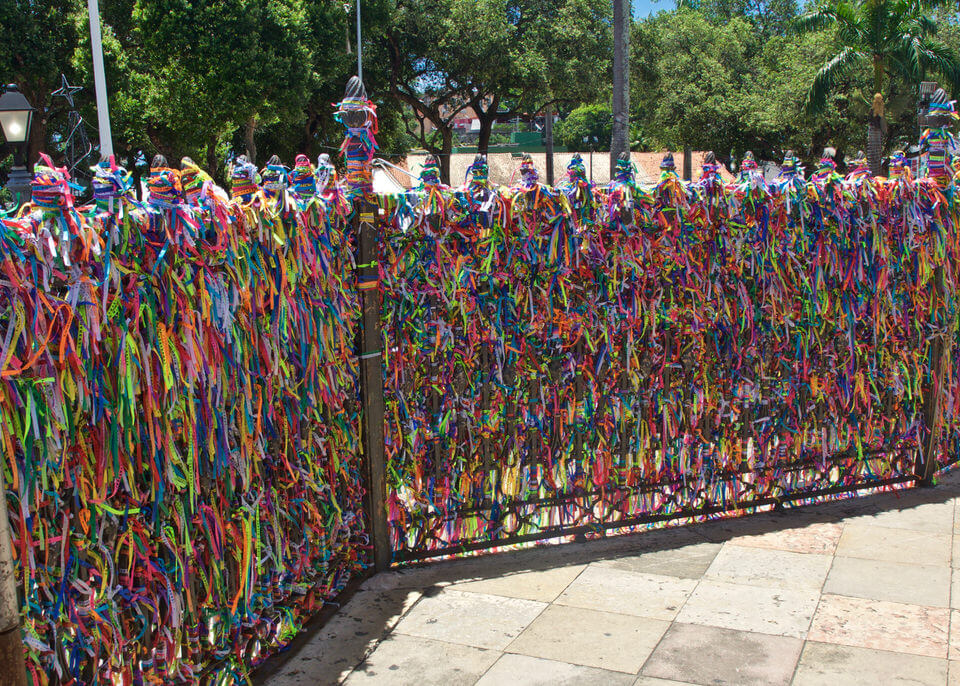
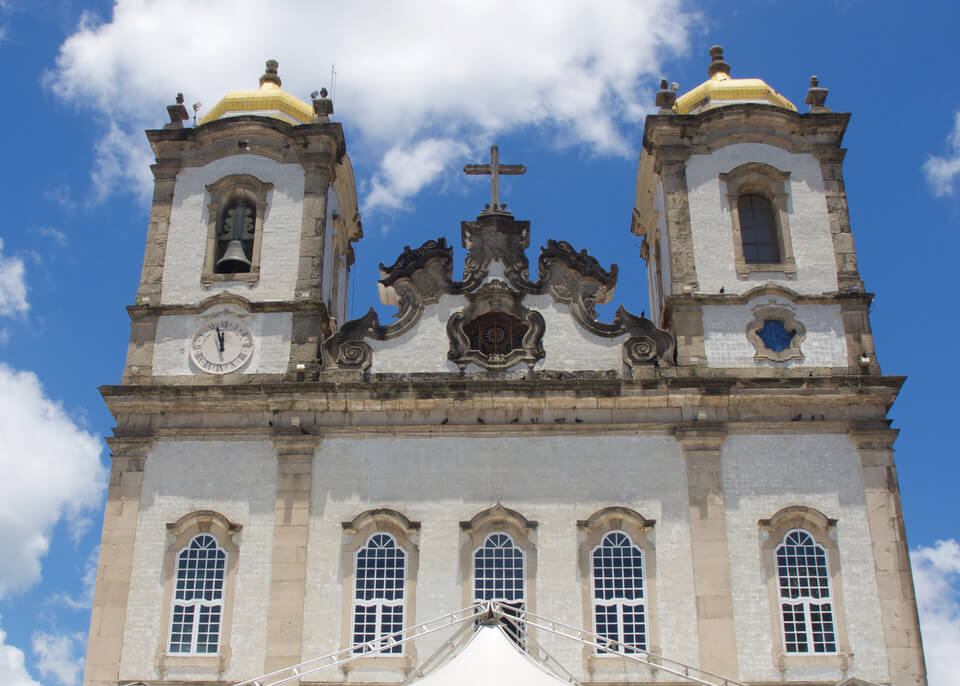
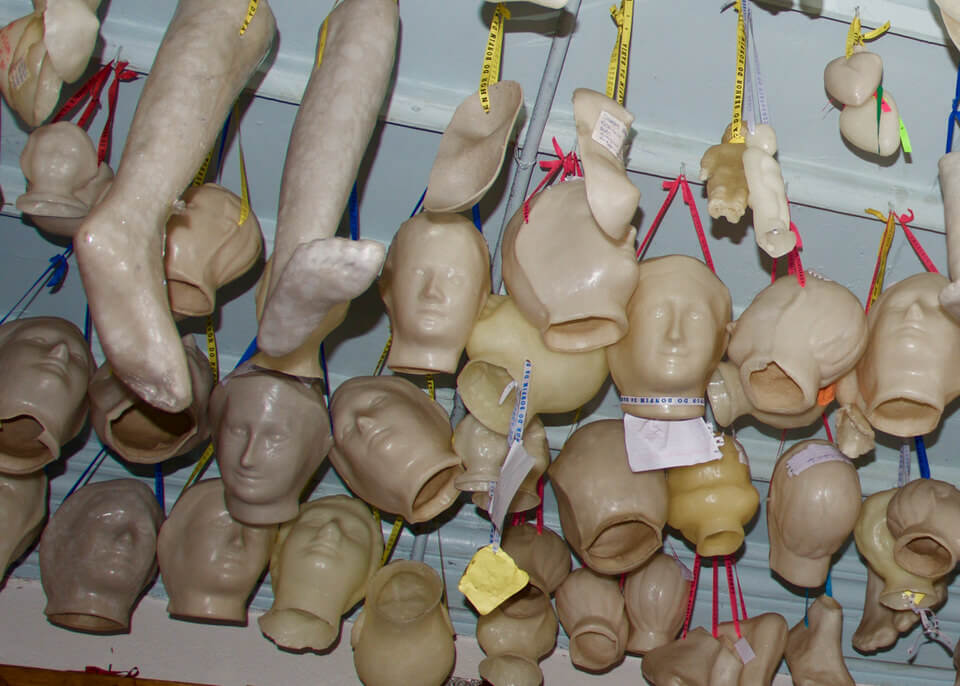
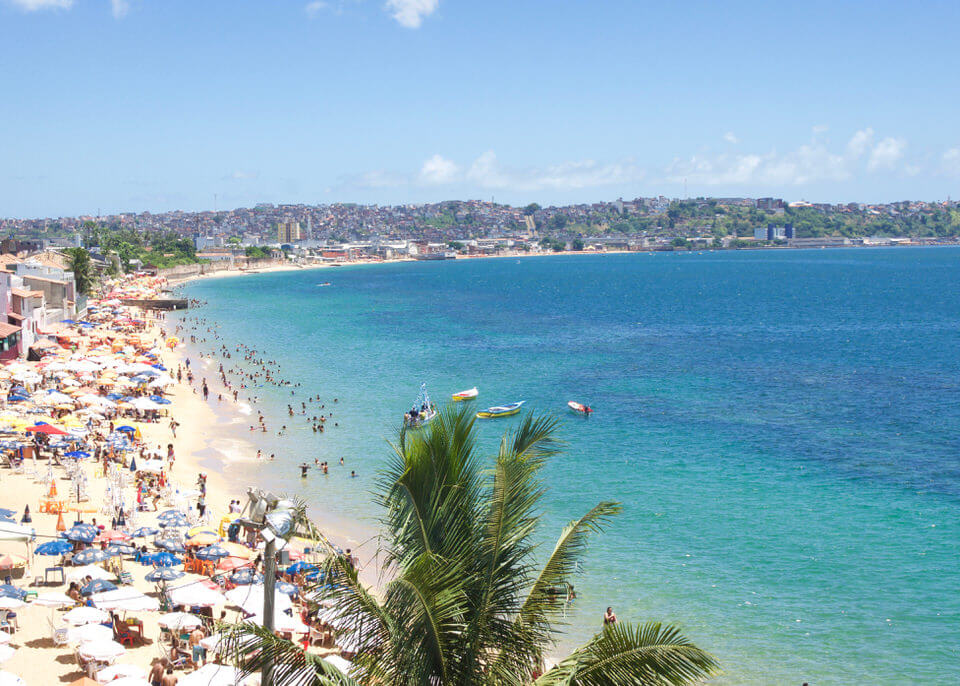
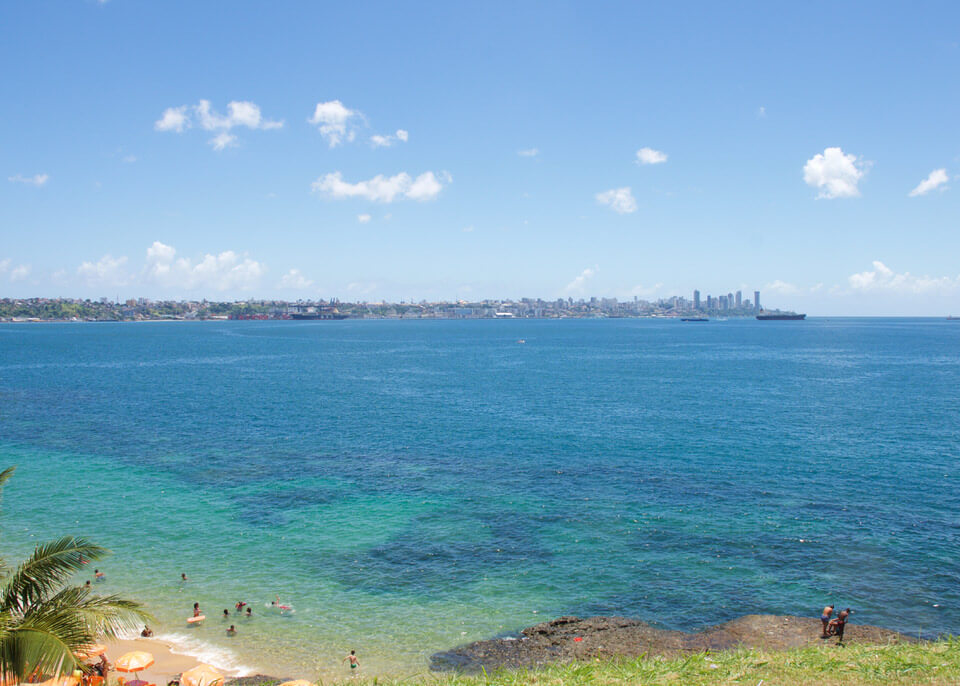
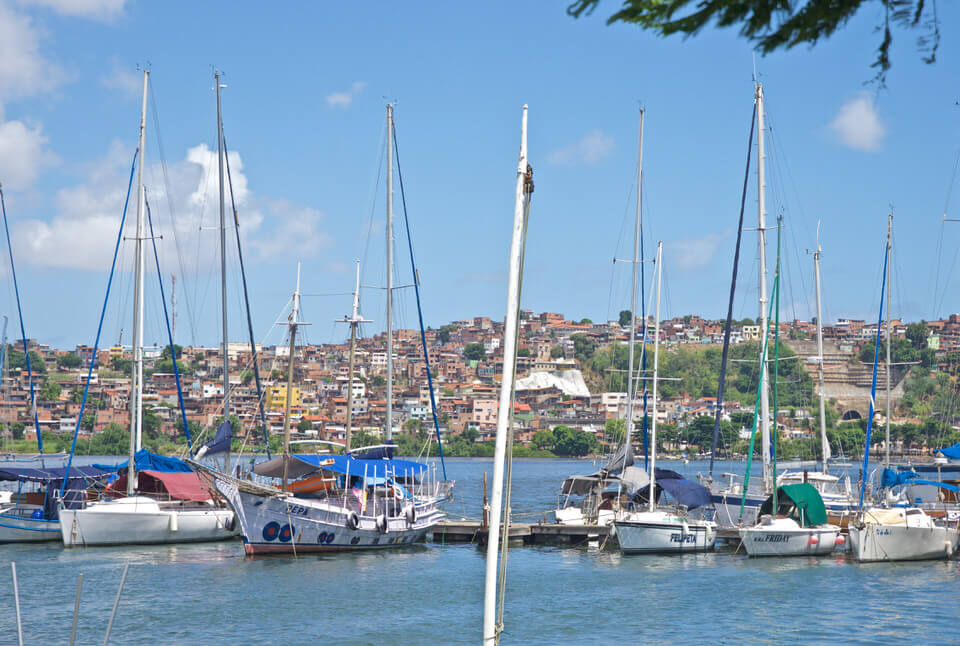
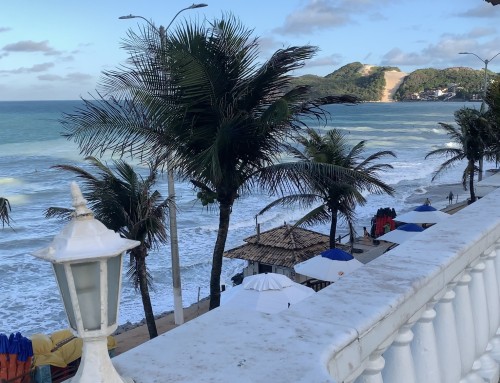
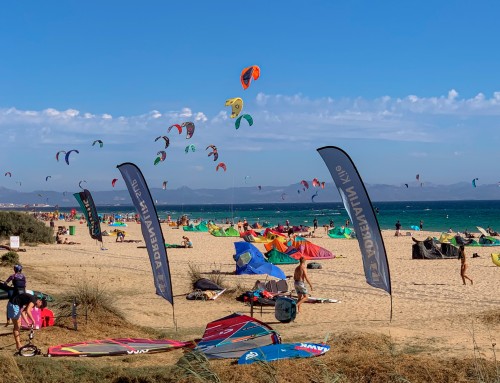
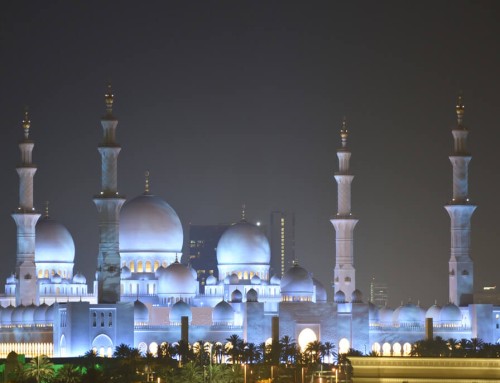
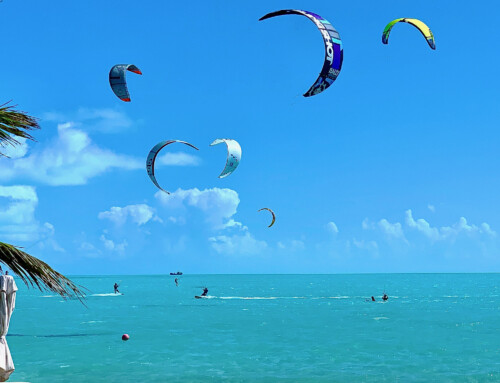
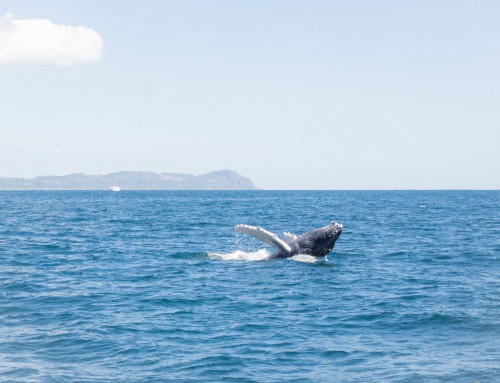
Leave A Comment
You must be logged in to post a comment.